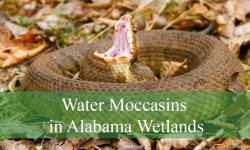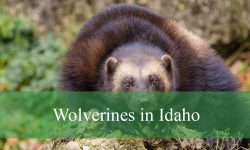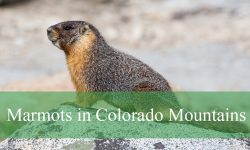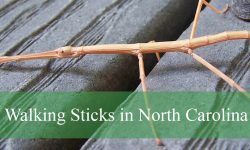Kentucky’s woodlands, rolling hills, and shaded river valleys hide far more creatures than most residents ever notice. Among the small and easily overlooked species are venomous caterpillars whose defenses evolved long before people walked these forests. They are quiet, slow moving, and seemingly harmless at first glance, yet some possess stinging hairs capable of causing surprising reactions.
Many people encounter these caterpillars without realizing the risks. Their unusual patterns and soft bodies create the illusion of innocence, but their survival depends on chemical defenses and precise camouflage. In Kentucky, a handful of venomous species appear each year, usually during late spring and fall when foliage thickens.
This article explores hidden facts about venomous caterpillars found across Kentucky’s diverse habitats. Their biology, behavior, and the ecosystem roles they fill reveal a world much more complex than their delicate forms suggest.
Understanding Venomous Caterpillars in Kentucky
What Makes a Caterpillar Venomous
Caterpillars do not inject venom through fangs or stingers the way many people imagine. Instead, their venom is stored within hollow spines or hairlike structures called setae. When these break against human skin they release irritating compounds. Reactions vary depending on the species, the sensitivity of the person, and the amount of contact.
These hairs evolved as defensive structures. Birds, small mammals, and reptiles learn to avoid caterpillars with distinctive patterns or fuzzy textures. In Kentucky, venomous caterpillars take advantage of this strategy to survive during the most vulnerable stage of their life cycle.
Not all fuzzy caterpillars carry venom, but the ones that do tend to blend warning coloration with inconspicuous movement. This combination helps them avoid predators while remaining nearly invisible to casual hikers.
Why Kentucky Hosts Several Species
Kentucky sits in a region where temperate forest habitats meet warmer southern climates. This transition zone supports caterpillar diversity. Broadleaf trees, understory shrubs, and rich ground vegetation offer food and shelter for multiple venomous species. The state’s warm summers and extended fall season provide ideal conditions for caterpillar growth.
Forested parks, suburban lawns, orchards, and streamside corridors all provide suitable habitats. Some caterpillars climb trees and feed high in the canopy. Others stay low among garden plants. Their distribution shifts naturally with rainfall and temperature.
The variety of available host plants helps venomous species complete their life cycles. Oaks, maples, hickories, and ornamental shrubs are particularly important across Kentucky.
Hidden Species Living in Kentucky’s Landscape
The Puss Caterpillar

The puss caterpillar, also known as the southern flannel moth larva, appears soft and harmless with its dense coat of silky hairs. Underneath this “fur” lie venomous spines capable of causing one of the most painful stings of any North American caterpillar.
Puss caterpillars feed on shade trees including oak, elm, and sycamore. In Kentucky they usually appear in warmer months. Their defense mechanism is powerful enough to cause burning pain, swelling, nausea, or radiating discomfort along the limb.
Despite their alarming sting, puss caterpillars play a subtle role in maintaining insect diversity. Predators that avoid them seek other insect prey instead which distributes pressure across the ecosystem.
The Saddleback Caterpillar
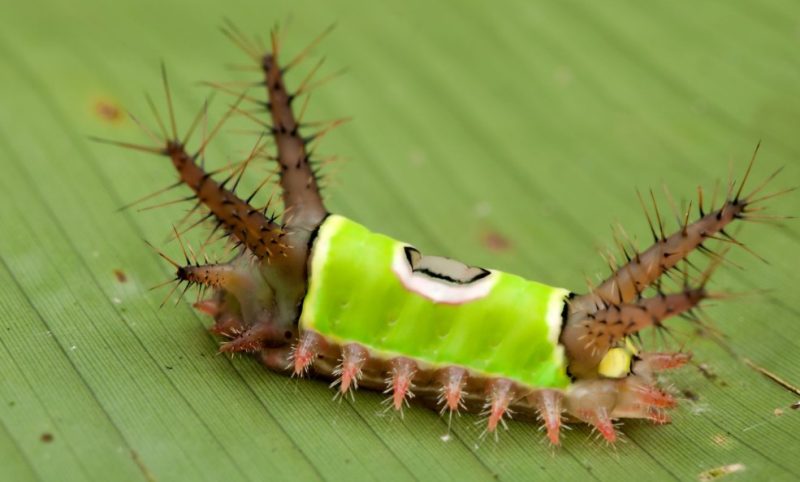
This species is easily identifiable by its bright green body and square brown “saddle” marking. While small, the saddleback caterpillar carries numerous venomous spines along its sides. Touching these spines may cause pain, itching, or blistering.
Saddleback caterpillars live in orchards, forest edges, and garden areas. They consume a wide range of plants including fruit trees, corn, and ornamental shrubs. Their versatility allows them to establish themselves anywhere food sources remain uninterrupted.
Their coloration sends a clear message to predators. The green blends with leaves while the bold markings warn of toxicity. This combination makes the species both visible and protected.
The Hag Moth Caterpillar
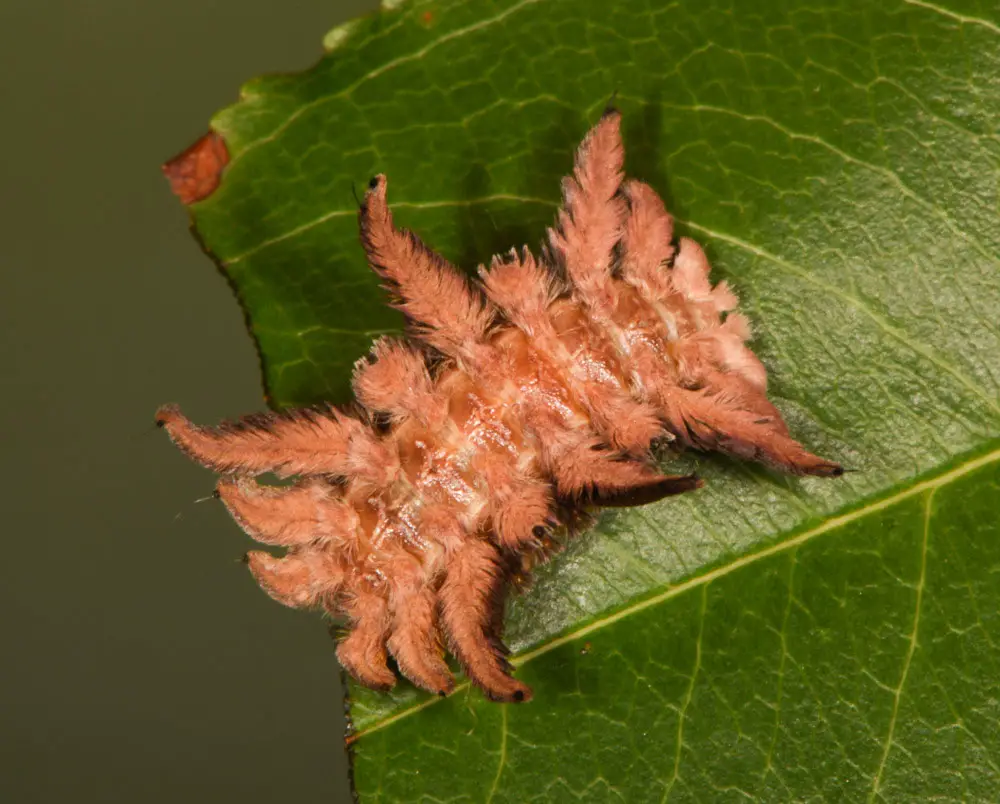
Often referred to as the “monkey slug,” this caterpillar looks unlike any other. Its flattened body and irregular lobes resemble dead plant matter. Hidden within these structures are venomous hairs that deliver a sharp sting.
Hag moth caterpillars rely on mimicry for survival. Their unusual form confuses predators that might overlook them as debris. They feed on oak, dogwood, and other common Kentucky trees.
This species demonstrates how evolution shapes defensive strategies in unexpected ways. The less a predator recognizes the caterpillar as food the better its chance of survival.
The Io Moth Caterpillar
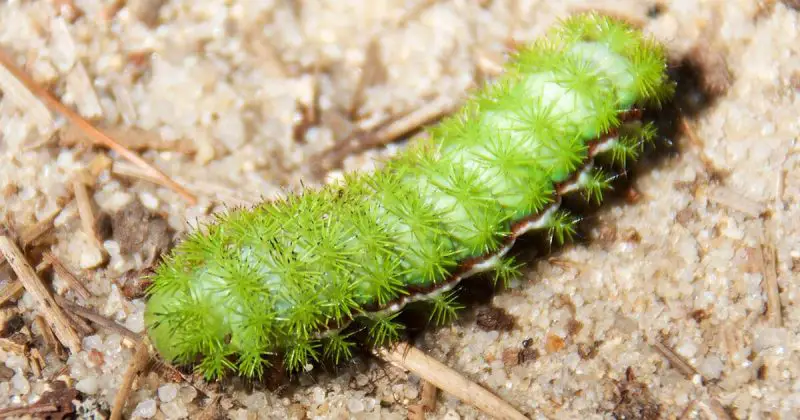
The io moth caterpillar begins life as a small yellow larva but eventually transforms into a bright green form covered in clusters of branching spines. These spines can puncture skin and release venom that causes painful welts.
Io caterpillars thrive in deciduous forests, woodland edges, and meadows. They feed on a variety of plants including clover, willow, blackberry, and redbud. Their tendency to gather in groups increases the chance of accidental human contact.
The adult io moth, with its striking eyespots, offers no danger to humans. The caterpillar however relies strongly on its venomous defenses to reach adulthood.
Secret Behaviors Few People Notice
How They Use Camouflage and Stillness
Venomous caterpillars often depend on remaining perfectly still. Movement attracts attention which might expose them to predators. Their bodies blend with leaves, bark, or even decaying plant matter. Some species adopt postures that resemble curled leaves or twigs.
This strategy works especially well in Kentucky’s thick summer vegetation. Caterpillars positioned along leaf veins or branch shadows become nearly invisible. Even experienced naturalists sometimes miss them until they make accidental contact.
Camouflage protects them during molting periods when their spines may be more fragile. Remaining motionless increases their survival during vulnerability.
Feeding Patterns Hidden in Plain Sight
Many venomous caterpillars feed quietly along the undersides of leaves where their presence remains concealed. They chew in slow patterns to avoid attracting predators that detect vibration. Some feed during early morning or at dusk which reduces the risk of daytime predators such as birds.
Their feeding behavior influences how forests grow. High concentrations of caterpillars may defoliate small branches. While this seems harmful it can stimulate new growth and create microhabitats for other insects.
The balance they create supports biodiversity in Kentucky’s woodlands.
The Molting Process and Increased Risk
Caterpillars shed their exoskeleton multiple times before becoming pupae. During molting, their defensive hairs may not fully cover the body which exposes them to greater danger. They compensate by choosing protected locations such as leaf folds, bark crevices, or shaded stems.
This hidden phase of their life cycle often goes unnoticed. Molting leaves behind thin husks which sometimes contain detached venomous hairs capable of causing mild irritation if handled.
Their entire development depends on finding secluded areas where predators cannot easily reach them.
The Ecology of Venomous Caterpillars
Why Venom Matters in the Food Web
Venomous caterpillars influence predator behavior. Birds learn to avoid them, shifting their hunting pressure to nonvenomous insects. This reduces the risk of overconsumption of certain species and maintains diversity.
Their presence also signals the health of local forests. Caterpillars feed on specific host plants. When these plants thrive caterpillar populations increase. When forests decline or pest pressure rises these species diminish.
Their venom also contributes to nutrient cycling. When predators mistakenly attack them and abandon the prey the remains decompose and return nutrients to the soil.
Their Role in Seasonal Cycles
Kentucky’s climate features distinct seasons. Venomous caterpillars appear during warm months when their host plants flourish. In late summer and fall, many species reach their peak numbers which coincides with seasonal insect activity and migration patterns of certain birds.
Their timing ensures they contribute to broader ecological rhythms. Adult moths that emerge later become important food sources for bats and nocturnal birds.
The shifting presence of caterpillars reflects the cycles of Kentucky’s natural landscapes.
Risks and Human Interactions
Why People Get Stung
Most stings occur when someone accidentally brushes against a caterpillar. Gardening, collecting firewood, trimming branches, or resting against a tree can bring unexpected contact. Caterpillars do not seek out humans and their defenses activate only upon touch.
Children are at higher risk because they are more likely to pick up interesting creatures. Many caterpillars appear harmless which increases the chance of accidental handling.
Awareness is the best protection. Simple visual familiarity reduces risky encounters.
What Happens During a Sting
A sting typically causes an immediate burning sensation followed by redness, swelling, or raised welts. The intensity varies depending on the species and the sensitivity of the individual. In rare cases people may experience headache, nausea, or difficulty breathing.
Most reactions resolve within a few hours to a day. Applying adhesive tape gently to remove embedded hairs, followed by washing the area, often reduces symptoms. Medical attention becomes necessary only if severe allergic reactions occur.
Understanding these reactions helps reduce panic when contact happens.
Managing Encounters Safely
Avoid handling unknown caterpillars. Wear gloves when trimming vegetation or gathering leaf litter. Teach children to observe caterpillars without touching them.
These simple habits preserve safety while allowing people to enjoy Kentucky’s natural landscapes without fear.
Conservation and Environmental Pressures
Habitat Changes in Kentucky
Urban development, agricultural expansion, and shifting land use patterns alter the habitats caterpillars depend on. Reduction of host plants leads to declining populations. Fragmented forests reduce movement pathways for moths and other pollinators.
Climate changes also affect the timing of caterpillar development. Warmer springs may cause early emergence which mismatches food availability.
Protecting forest health ensures these species remain part of Kentucky’s ecological fabric.
The Importance of Native Plants
Venomous caterpillars rely on specific native trees and shrubs. Oaks, hickories, dogwoods, and maples support the largest diversity. Introducing non native plants reduces available food sources.
Encouraging native vegetation in yards and public spaces supports balanced insect populations. Many moth species that begin life as venomous caterpillars later become essential pollinators in their adult form.
Biodiversity depends on maintaining these native plant relationships.
Frequently Asked Questions
Are venomous caterpillars common in Kentucky?
They appear seasonally but are not widespread enough to pose major risks. Most people only encounter them occasionally.
Do these caterpillars intentionally sting humans?
No. Stings occur accidentally when their hairs make contact with skin.
What is the most painful species in Kentucky?
The puss caterpillar is often considered the most painful due to its potent venomous spines.
Can venomous caterpillars harm pets?
Pets may experience irritation if they bite or step on one. Most reactions are localized and temporary.
What should I do if I am stung?
Remove loose hairs with tape, wash the area thoroughly, and apply a cold compress. Seek medical attention if symptoms intensify.
Where are venomous caterpillars found?
They appear on trees, shrubs, garden plants, and occasionally in leaf litter or outdoor furniture.
Do they damage trees?
Small numbers rarely cause significant harm. Heavy populations may defoliate branches but trees typically recover.
Are they active in winter?
No. Most species overwinter as pupae or eggs, emerging again when temperatures rise.
Can adults identify venomous caterpillars by appearance alone?
Some species are distinctive but many resemble harmless varieties. When uncertain, avoid touching any caterpillar.
Do caterpillars play important ecological roles?
Yes. They influence predator behavior, plant cycles, and insect community balance.
Final Thoughts
Kentucky’s venomous caterpillars represent a fascinating intersection of defense, adaptation, and survival in the natural world. Their delicate forms mask complex biological mechanisms that help them thrive in forests and gardens. While their venomous hairs can surprise the unwary observer they serve a purpose within the broader ecosystem.
Understanding their behaviors and hidden roles enhances appreciation for Kentucky’s biodiversity. Respectful awareness allows people to enjoy the outdoors safely while preserving these unusual creatures that contribute quietly to the balance of the region’s landscapes.


